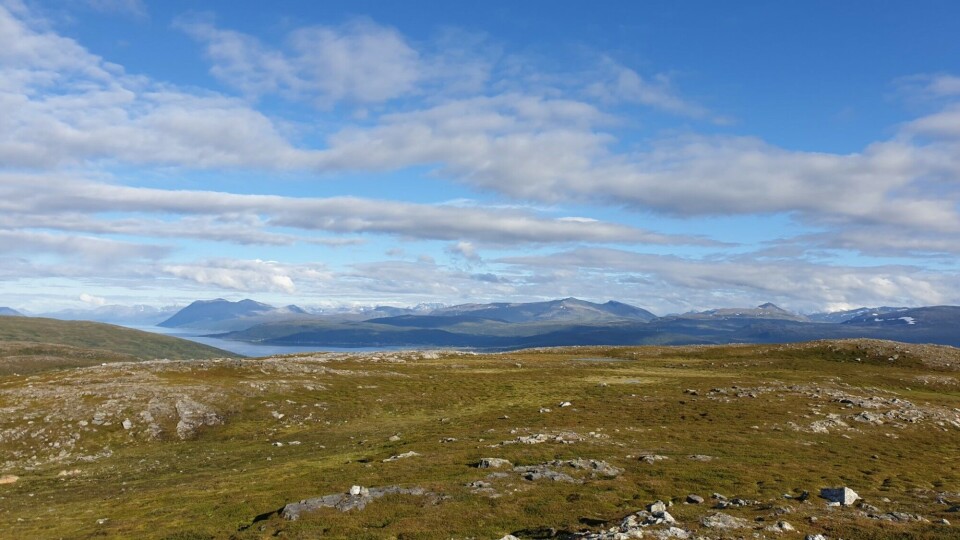
Research in the Arctic, for those who live here
The Fram Centre launches five new research programs with a total budget of 250 million NOK over five years.
top photo
Helge Markusson, the Fram Centre
In 2022, five major research projects will be launched in which the member institutions of FRAM – the High North Center for Climate and Environmental Research collaborate. The programs are mainly financed by funds allocated by the Ministry of Climate and the Environment, and a total of approximately NOK 250 million will be spent over five years.
contact
Leader of the Fram Centre board:
Bo Andersen
+47 90092490
Leader The research heads’ group
Eldbjørg Heimstad
+47 977 50 564
The research collaboration in the Fram Centre was established in 2010 and has been successful. This is reflected in new grants from the ministry. So far, the researchers have collaborated on seven research flagships. These are now ending and replaced by the new programs.
Leader of the board at the Fram Centre, Bo Andersen, says the new programs are rooted in a long-term strategy.
-The research shall be interdisciplinary, and the results shall form a scientific basis for the management of the High North. It will be important to listen to the users of the outcome for research, Andersen quotes.
These are the five new research programs:
Cumulative impact of multiple stressors in High North ecosystems (CLEAN)
Project CLEAN addresses the cumulative impact and risk associated with multiple stressors in High North ecosystems. The project investigates how climate change, short and long-range transported pollutants, species invasions, and human activities, such as harvesting and aquaculture, jointly affect ecosystems, including their goods and services. Further, CLEAN evaluates the management challenges and options for reducing cumulative impact.
Lead Institution: UiT, The Arctic University of Norway
CoastShift: Area use, sustainability, and increased food production
CoastShift will evaluate pathways toward an area-optimal sustainable production of more local, healthy food, while minimizing the impact on the arctic ecosystem along the coast.
Lead institution: IMR – Institute of Marine Research
From catchment to coast (C2C): Integrating cross-ecosystem approaches into climate change research and ecosystem-based management for northern ecosystems
By focusing on linkages that are likely to be particularly climate-sensitive, and of high societal relevance, and by relying on close cooperation between natural and social scientists from several disciplines and relevant stakeholders, C2C aims to provide critical new knowledge related to: cross-ecosystem climate change impacts, and how to best integrate relevant cross-ecosystem linkages into cohesive (cross-) ecosystem-based management approaches.
Lead institution: Norwegian Institute of Nature Research
Science for Sustainable Governance of the Arctic Ocean
Although the Arctic is warming, it remains an extreme environment; cold, dark, and ice-covered for much of the year, making comprehensive studies extremely challenging. We will focus on the area north of Svalbard and Greenland where spring and summer research cruises with R/V Kronprins Haakon are planned by partner institutes.
Lead Institution: Norwegian Polar Institute
Tana River -Linking scientific and Sámi traditional ecological knowledge to ensure the sustainability of the Tana salmon and Sámi culture
The management of Tana represents a nested hierarchy with Norway and Finland at the top and a sub-division of several official and informal units such as counties, municipalities, and settlements. Additionally, several competing interests consisting of e.g., ethnicity (Sami’s vs Norwegians and Finns) and different types of fisheries (e.g., locals vs tourists), makes the Tana river a complex socio-ecological system where management failures can stem from the lack of full integration of social considerations in resource management plans.
Lead institution: Norwegian Institute of Nature Research
This story is originally published on the website of the Fram Centre
















